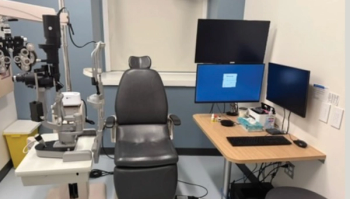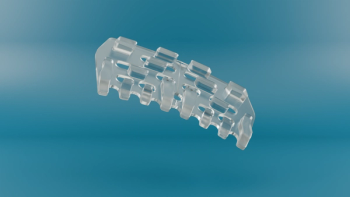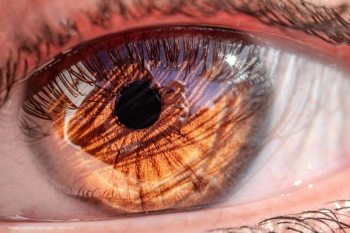
SLT vs ALT at five years
Studies have demonstrated that SLT is a safe and effective means of treatment, and comparable in these respects to ALT, but how does SLT fare against ALT in the long-term? It was our mission to establish this.
Key Points
Selective Laser Trabeculoplasty (SLT) has been used for over 10 years to lower intraocular pressure (IOP) in patients with open angle glaucoma (OAG) as well as ocular hypertension (OHT). Studies have demonstrated that SLT is a safe and effective means of treatment, and comparable in these respects to Argon Laser Trabeculoplasty (ALT), but how does SLT fare against ALT in the long-term? It was our mission to establish this.
As part of our randomized, controlled trial, which compared SLT with ALT in OAG patients, including pseudoexfoliation and pigmentary glaucoma patients, we wanted to evaluate outcomes over five years.1
The study begins
Patients were randomly divided into the ALT (87 eyes) and SLT (89 eyes) groups and treated with 50 laser applications over 180° of the trabecular meshwork using standard laser settings (average energy used per spot was 0.8 mJ for SLT and 550 mW for ALT).
Treatment success was defined in two ways: definition 1: IOP reduction of 20% or more with no additional medical, laser or surgical interventions, or; definition 2: IOP reduction of ≥3 mmHg with no additional medical, laser or surgical interventions. Five years post-treatment, data were available for 56 of the ALT-treated eyes and 64 of the SLT-treated eyes.
And the results showed...
No difference between the two
In conclusion, we feel that SLT is equally effective as ALT in IOP lowering over five years. The IOP measurements for both the SLT and ALT groups were similar at baseline and at five years and, in terms of success, the two lasers were comparable and had a median effect of two years, using either definition of success. It should be noted that additional IOP lowering medical, laser and surgical interventions were required over the five-year follow-up time, and these were similar in the ALT and SLT groups.
Overall, we can conclude that both SLT and ALT are effective methods of IOP lowering over time in this group of OAG patients with uncontrolled IOP.
Acknowledgements
We wish to thank the patients who participated in this study as well as our colleagues who contributed over the years: William G. Hodge, MD, FRCSC, PhD, William J. Rock, MD, Ralf Buhrmann, MD, FRCSC, PhD, Irene Y. Pan, MSc.
Reference
1. K.F. Damji, et al. Br. J. Ophthalmol. 2006;90(12):1490-1494.
Newsletter
Get the essential updates shaping the future of pharma manufacturing and compliance—subscribe today to Pharmaceutical Technology and never miss a breakthrough.













































